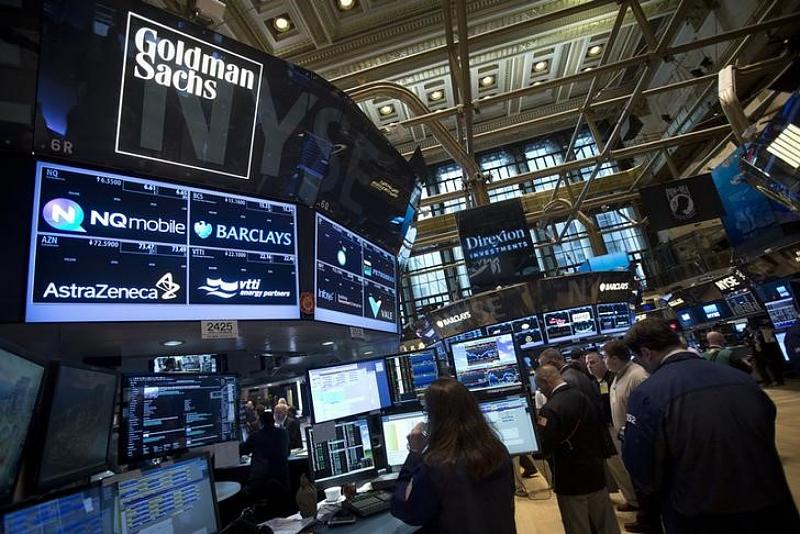Greek Elections, USD Post-FOMC, Chinese data, Eurozone PMIs and the German IFO
EUR remains driven by two key drivers – policy divergence and market risk sentiment. These factors will also determine how the main releases next week will impact EUR. Starting with market risk sentiment, the Greek elections over the weekend and the Chinese PMI during the week could prove important drivers of risk sentiment – perhaps more the latter than the former.
Going into the Greek vote, investors will focus on the risk of a hung parliament and, indeed, new elections in Greece. Given that the two main parties – Syriza and New Democracy – have signalled willingness to stick to the bailout agreement, however, we doubt that the election will trigger to a surge in political uncertainty.
The Chinese data has been an important driver of risk sentiment of late and more disappointments next week could keep risk appetite subdued and prop-up EUR.
The Eurozone PMIs and the German ifo could signal that business confidence is eroded by fears about China. This could encourage renewed bets on more ECB easing and weigh on EUR.
The USD has been under some pressure, mainly on the back of the Fed remaining on hold, and as a more cautious assessment of the growth and inflation outlook may have increased expectations of the central bank remaining on hold for the reminder of the year. However, our economists are still of the view that a lift-off can be expected in October. Constructive domestic conditions should prevent inflation expectations from falling further.
Even if the September meeting was a setback for the USD-bulls it changed little in terms of the relative policy outlook between the Fed and other central banks. Indeed, the Fed’s inaction could soon spur the ECB and BoJ into action as they try to lean against FX appreciation.
This should keep risks for EUR and JPY to the downside against USD.
When it comes to risk sentiment it must be noted that weaker global growth uncertainty as related to Asia has been among the main reasons to keep rates on hold. This in turn should not be taken as a bullish signal for risk sensitive currencies. On the contrary, with China still casting a long shadow over the markets the risk remains for a return of risk aversion. We therefore maintain a cautious view on the G10 commodity and risk-correlated currencies.
The GBP, in contrast, could be the unlikely winner of the latest developments with the BoE still the only major central banks that is sending a fairly clear signal that rates will be heading higher before long.
the source


 LinkBack URL
LinkBack URL About LinkBacks
About LinkBacks







 Reply With Quote
Reply With Quote


Bookmarks